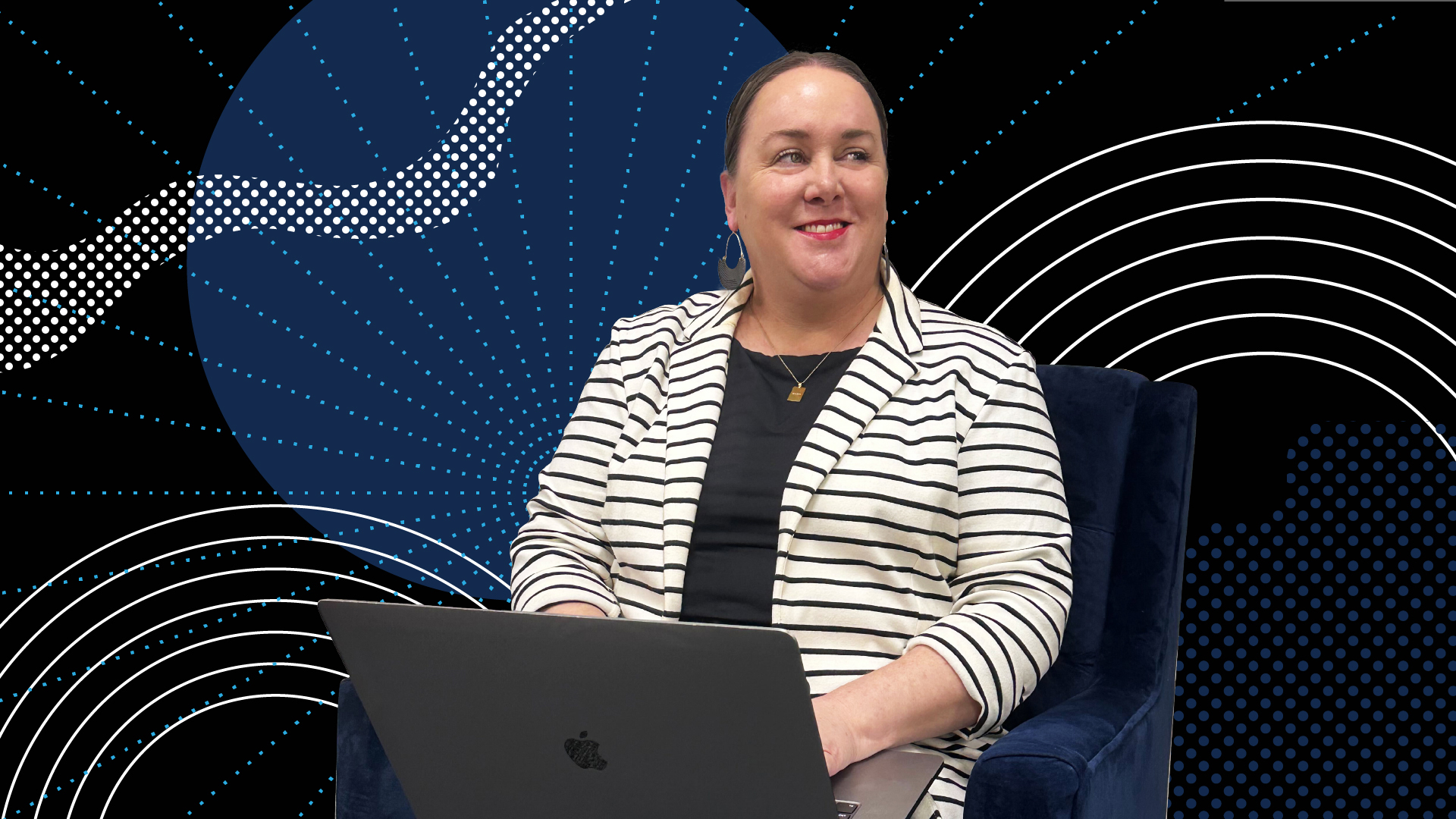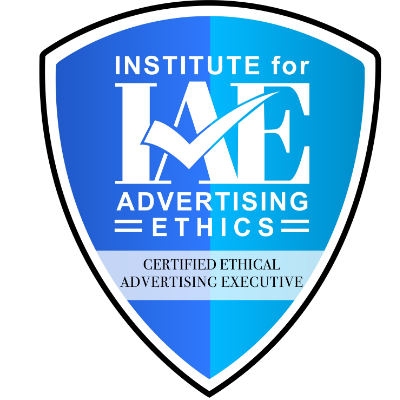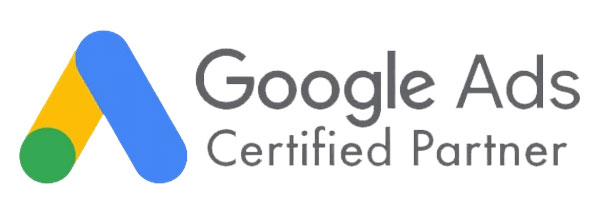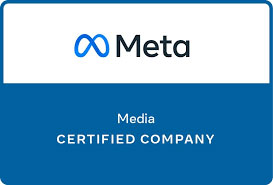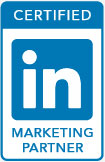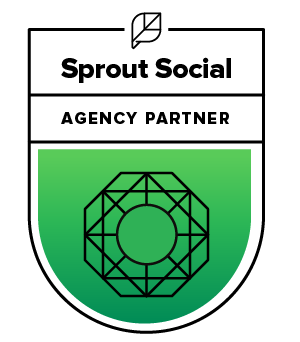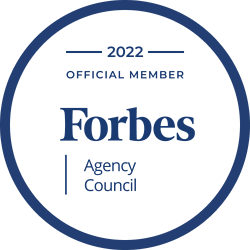Stories are told through the lens of the narrator. Details, opinions, and biases are woven into the story’s fabric, often making it more personal, dynamic, and enjoyable. This is true of marketing, too. As communicators, we are the storytellers sharing messages with audiences. These messages often come packaged with our thoughts and ideas, intentionally or otherwise. The trouble with this is it becomes the story we want to hear – not the one that will move the dial for the end-user.
Bias in advertising is a more extensive web to untangle, so for now, let’s focus on how it affects your workforce development marketing. When we begin working with our clients, we collect a lot of information about their challenges and pain points. They’ll tell us they’ve tried everything – telling high school students about the extraordinary wages, sharing labor bureau data and statistics about the burgeoning job market, and posting on virtual job boards and social media. So why isn’t anyone paying attention? How come young adults and reskillers aren’t busting down their doors to get an apprenticeship or job?
It’s often because people tell the story they want to hear and, in doing this, lose the attention and engagement of the person who they want to receive the information or take action.
This is especially true in industries that rely on relationship-building, connections, and more traditional modes of recruitment and retention. For example, areas like construction, agriculture, and manufacturing can become echo chambers of stakeholder opinion when people believe that because they were recruited a certain way, it must be the right way to reach today’s 18-year-old or adult learner. And while that can be true – building connections is the most basic form of our business, the target audience is ultimately responsible for your success. So if your message, offering, or opportunity doesn’t align with their values or expectations or helps them solve a challenge, it is obsolete.
Your workforce marketing might be falling flat for three reasons:
- You’re letting your bias call the shots
- You’re not putting the end-user at the center of the work
- You’re focusing too hard on the numbers and not the human aspects of your audience
Here’s how you can solve that.
Get honest about your beliefs.
Bias is not a bad word – it’s inherently neutral, and we apply meaning to it based on the circumstance. However, bias and our belief systems help make decisions and understand processes and is unhelpful when it creates silos and knowledge gaps. And it’s no different in recruitment or engagement marketing for workforce development. When we examine our beliefs about an initiative or project – the idea that wages should sell the offering, that today’s young people are lazy, that the older generation of workers created unsustainable expectations, and so on – we can uncover richer dynamics of the problem. By taking a step back from our personal narratives, we can get honest about our personal beliefs and biases, allowing us to get real about our audience.
Be audience-first.
Speaking of the audience, you have to believe that it’s all about them. You could objectively have the most promising apprenticeship opportunity available, and it still wouldn’t engage your end-users because of how you positioned it to them.
Putting your audience first ensures you remove their barriers, address their pain points, and solve their problems with your product or service.
An excellent example of this is the current worker shortage in the trucking industry. The trucking workforce is one of the oldest in the nation, with the average driver clocking in at 55-years-old. The industry hasn’t modernized at the same speed as others, making it susceptible to damaging supply chain consequences. If the trucking industry wanted to recruit younger talent, they may believe that it’s the wages that would entice 18-year-olds, when in fact, studies show that workers are looking to combine purpose with employment in an entrepreneurial and creative way. So the challenge to solve in creating a younger trucking workforce is demonstrating how trucking can be purposeful. Though this won’t be the message you want, it will solve your business problem.
Swap demographic targets for value systems.
We believe people are more than census information or company data. There is a time and place to segment by the age breakdown, the number of people living below the poverty threshold, and how many people are still driving cars vs. taking public transit, but we’d argue that data doesn’t belong in a workforce development marketing strategy.
Instead, think broader. What behaviors unite the folks you’re trying to reach? Is there a common challenge that your target audience is facing? What expectations or belief systems do they share? By segmenting your audience based on their values, motivations, and behaviors, you’re creating a plan that includes more texture and nuance, ultimately making way for a creative insight or exciting marketing angle. Good marketing exists in your end-users’ behavioral corners and folds and not in their demographic breakdown.
There is a moral imperative to solving today’s great workforce woes – specifically connecting people with meaningful work and ensuring businesses can run smoothly and efficiently. We can’t waste time using marketing and advertising that might have worked in 1999 or plans rooted in a misunderstanding of today’s prospective workers. To solve our workforce challenges, we must solve our end-users’ challenges by uncovering bias, putting their pain points first, and resolving to connect with our audience as humanly as possible.



